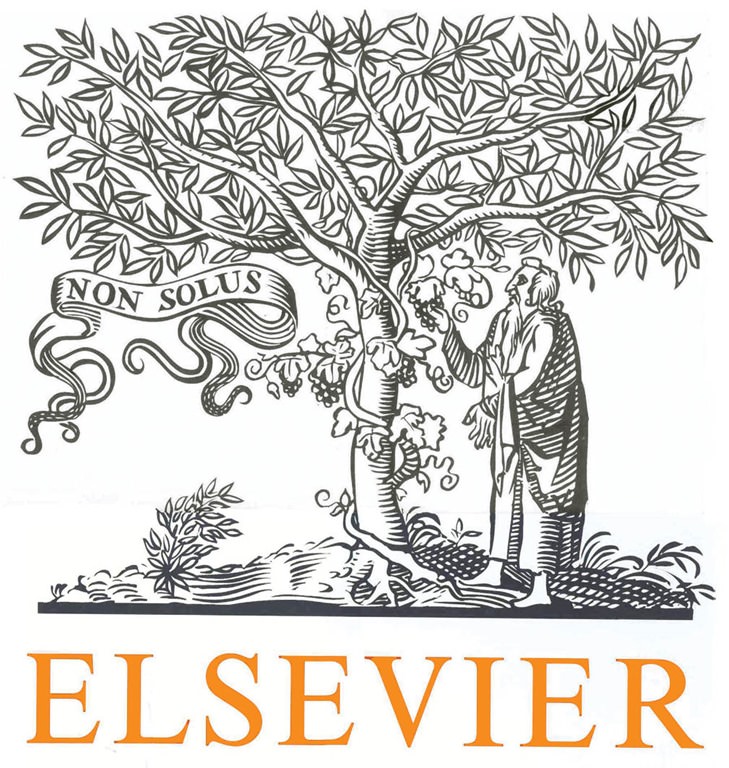Conclusions
In this work, the tensile strength of CNTs-C/Cs increased by 14.2% and 30.5% for the CNT contents of 0.9 wt% and 1.5 wt%, respectively, with which decreased by 18.3% for 2.4 wt%. The work of fracture and Young’s modulus as well as tensile strength achieved optimum performance when CNT content was 1.5 wt%. It was found that the presence of CNT not only changed the microstructure of PyC to maintain an anti-destructive matrix of C/Cs but changed the fracture mode of tensile tests to strengthen and toughen the C/Cs. After heat treatment, the tensile strength of CNTs-C/Cs increased by 25.68%, much higher than 4.36% of pure C/Cs, indicating that heat treatment promoted the strengthening and toughening effect of CNT. The La value of CNTs-C/Cs increased rapidly from 3.08 nm to 4.49 nm, further enhancing the in-plane tensile strength of PyC. The larger La and the step-like fracture morphology enabled HT-CNTs-C/Cs to have the highest strength among the four kinds of composites. The existence of CNTs not only improved the microstructure of PyC and enhanced the ability of CNTs-C/Cs against destruction, but also opened a new way of energy consumption, thus the fibers and the interface being fully utilized. Heat treatment strengthened the influence of CNTs on the properties of the composites. The suggested mechanism of CNTs in strengthening and toughening the C/Cs provides a guidance for the preparation of C/Cs of high strength and high toughness.








